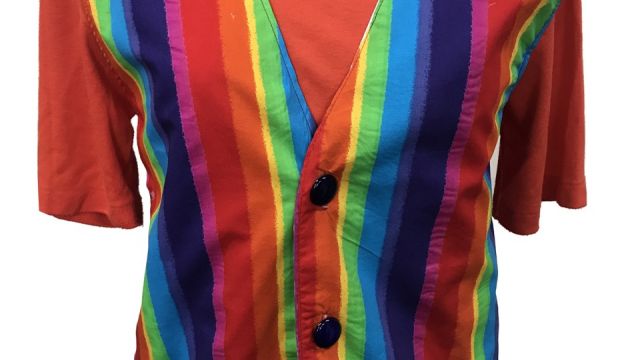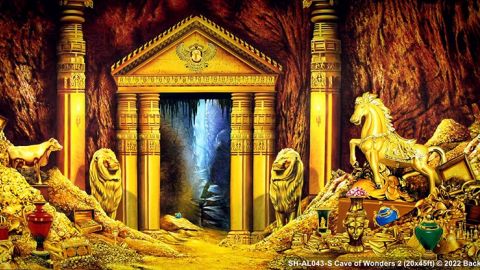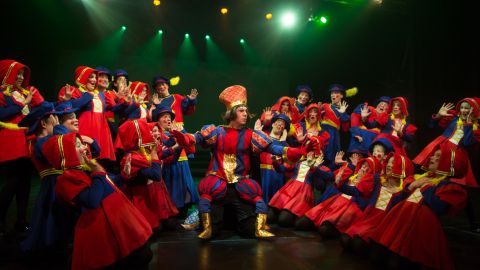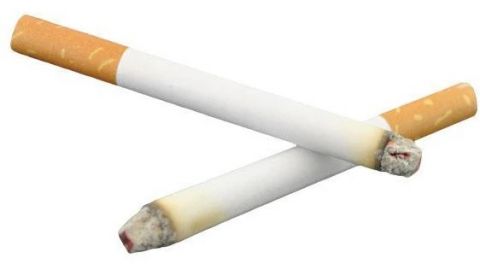Buttons To Dye For

Tracey Nuthall from Costumes Without Drama pins down the secret to gorgeous fasteners.
Buttons can make or break a costume. Did you know how easy it is to dye buttons?
The process is simple: in fact, it is easier than dying fabric.
Start with plain white buttons or translucent buttons.
Dying synthetics involves a different process to dying natural products. Sublimation dying incorporates the dye right into the structure of the fibres/plastic, meaning that the colours last longer, and remain stable – we all know that a cotton garment will fade when laundered - synthetics and their colours last much longer.
Sublimation dying generally requires heat, pressure and duration to set the colour, so when printing a synthetic t-shirt, the dye is printed onto transfer paper in reverse, and pressed onto the t-shirt with heat and pressure, for a set period of time.
Dying fabric usually involves putting the garment into a container or pot and heating over a stove, in a microwave or on a hot washing machine setting. The washing machine on a very long hot cycle gives a great result, usually with an even finish.
Buttons use very little dye and can be dyed in a coffee cup.
Simply mix equal quantities of liquid dye, vinegar and water in a cup (10 -15 ml of each would suffice) add the buttons, place in a microwave for thirty seconds then wait 30 seconds.
 Lift one button out with a fork or spoon and check for the intensity of colour.
Lift one button out with a fork or spoon and check for the intensity of colour.
If it isn’t dark enough, heat and wait another couple of times (I find about 3 X 30 seconds gives a good rich colour). If it still isn’t dark enough add some more dye to the cup and repeat the heating and standing until the colour is attained.
Once the correct colour has been reached, lift the button/s out of the liquid and rinse under water. Dry with a towel.
If it is too dark, you cannot go back, so it is strongly recommended that you start with a weaker solution and gradually add more dye. In theory, from start to finish it can take less than 5 minutes.
The dye bath in a cup may be used for multiple buttons in one go - remembering to stir well between heating, or batches one after another. The dye colour will gradually become weaker, so add more dye concentrate if necessary. Don’t forget, different proportions of dye, vinegar and water may change the colour slightly so batch colours will vary (quite a bit of the water evaporates as part of the microwave process).
If you need custom made costumes, or anything from Costumes Without Drama’s collection of in excess of 12,000 inventoried items to hire, visit https://costumeswithoutdrama.com.au/




